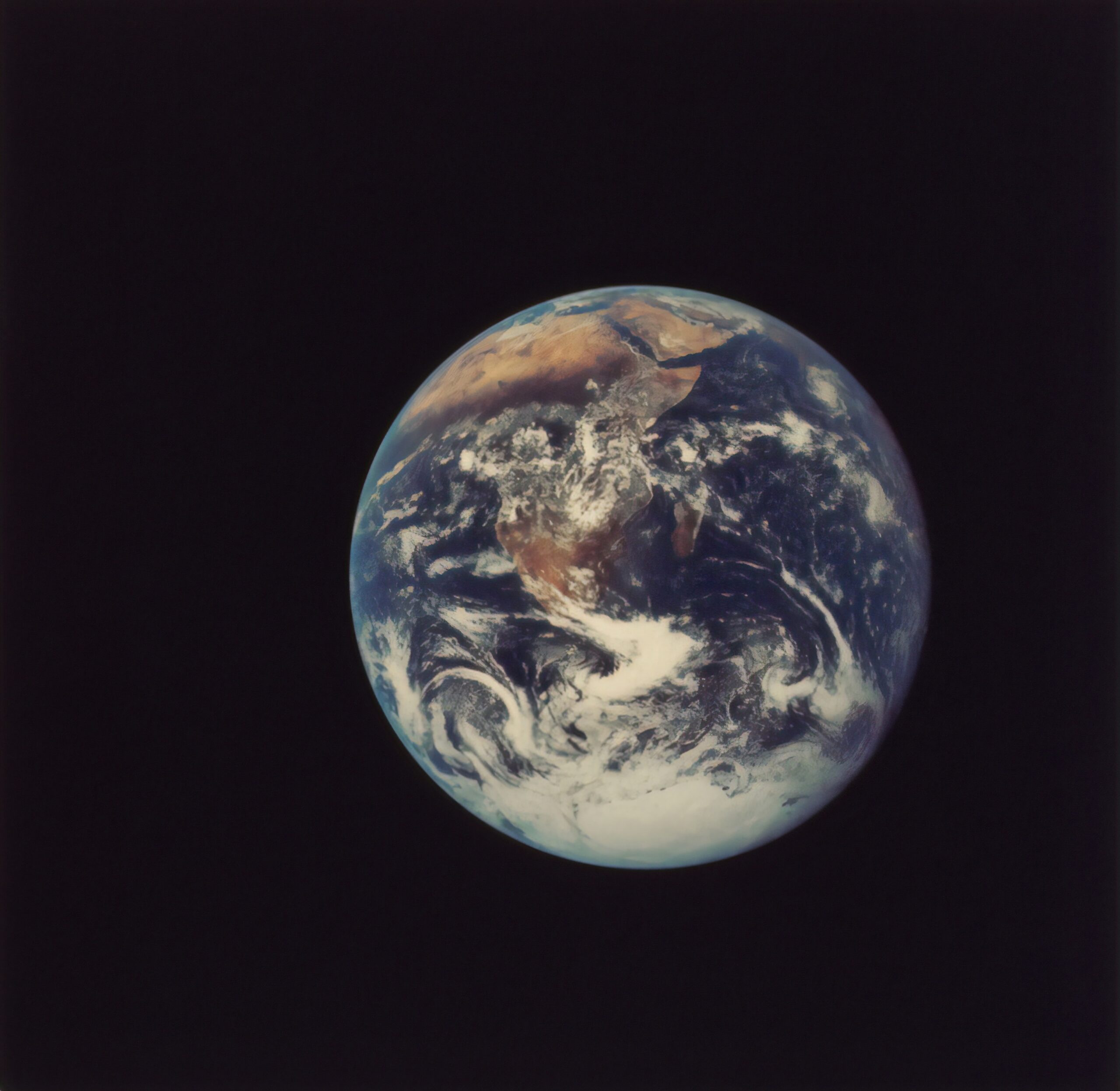Surely the scariest aspect of climate change is the concept of tipping points: sudden and potentially irreversible changes in the earth’s natural processes that render the planet much less hospitable for humankind. The melting of the polar ice caps is perhaps the best-known tipping point, but planetary systems are under pressure from more than just the accumulation of greenhouse gases.
A recent article in Nature attempts to define nine planetary boundary conditions that, if transgressed, could have disastrous consequences:
* Climate change
* Biodiversity loss (measured by the extinction rate)
* Nitrogen cycle (amount of nitrogen removed from atmosphere for agricultural use)
* Phosphorus cycle (amount of phosphorus flowing into the oceans)
* Ozone depletion
* Ocean acidification
* Freshwater use
* Land use (amount of earth’s surface converted to cropland)
* Atmospheric aerosols
* Chemical pollution (organic pollutants, plastics, heavy metals, nuclear waste, etc.)
None of these issues is new, but the study breaks ground by attempting to assign hard numbers to the thresholds. The researchers were only able to come up with credible thresholds in seven of the categories (all of them except aerosols and chemical pollution). In three of the categories – climate change, biodiversity loss, and the nitrogen cycles – we have already crossed the boundaries, in some cases by a considerable margin.
This is necessarily controversial work, both because the study’s conclusions are subject to such a high degree of uncertainty, and because they brush up against a set of questions that are outside the scope of scientific inquiry. In the study’s own words, “determining a safe distance involves normative judgments of how societies choose to deal with risk and uncertainty.”
There are other problems with attempts to define bright lines around natural processes, many of them highlighted in the expert commentaries accompanying the article. For example, the exact thresholds suffer from a degree of arbitrariness. Is an extinction rate 10 times the historical trend really the right limit on biodiversity loss? What about 8 times? Or 15 times?
Further, many phenomena aren’t easily tracked via a single metric. Not all agricultural practices are equally intensive, for example, and perhaps land use pressure could be more usefully measured in terms of soil loss or degradation, rather than square acreage devoted to crops.
The thresholds themselves inevitably raise difficult questions about tradeoffs between our present wellbeing and the future habitability of the planet. Nitrogen pollution may be a huge problem, but modern agricultural techniques have unquestionably improved the lot of billions of humans (many of whom would simply be dead if not for the modern increase in agricultural productivity).
Finally, thresholds will have uncertain effects in the political sphere. In the best case, they will give policymakers clear guidance and foster a broader understanding of an interlinked set of resource issues. In the worst case, the boundaries will provide an excuse for apathy: as we have repeatedly seen, societies can rarely be roused into action until they have already exceeded the margins of safety.
Despite these pitfalls, most of the commentaries in Nature voiced support for the idea of attempting to define the operating boundaries within which the Earth will continue to provide a hospitable environment for human development. Climate change presents the biggest and most urgent collective resource problem the world faces, but it isn’t the only one.
Brought to you by terrapass.com
Featured image







